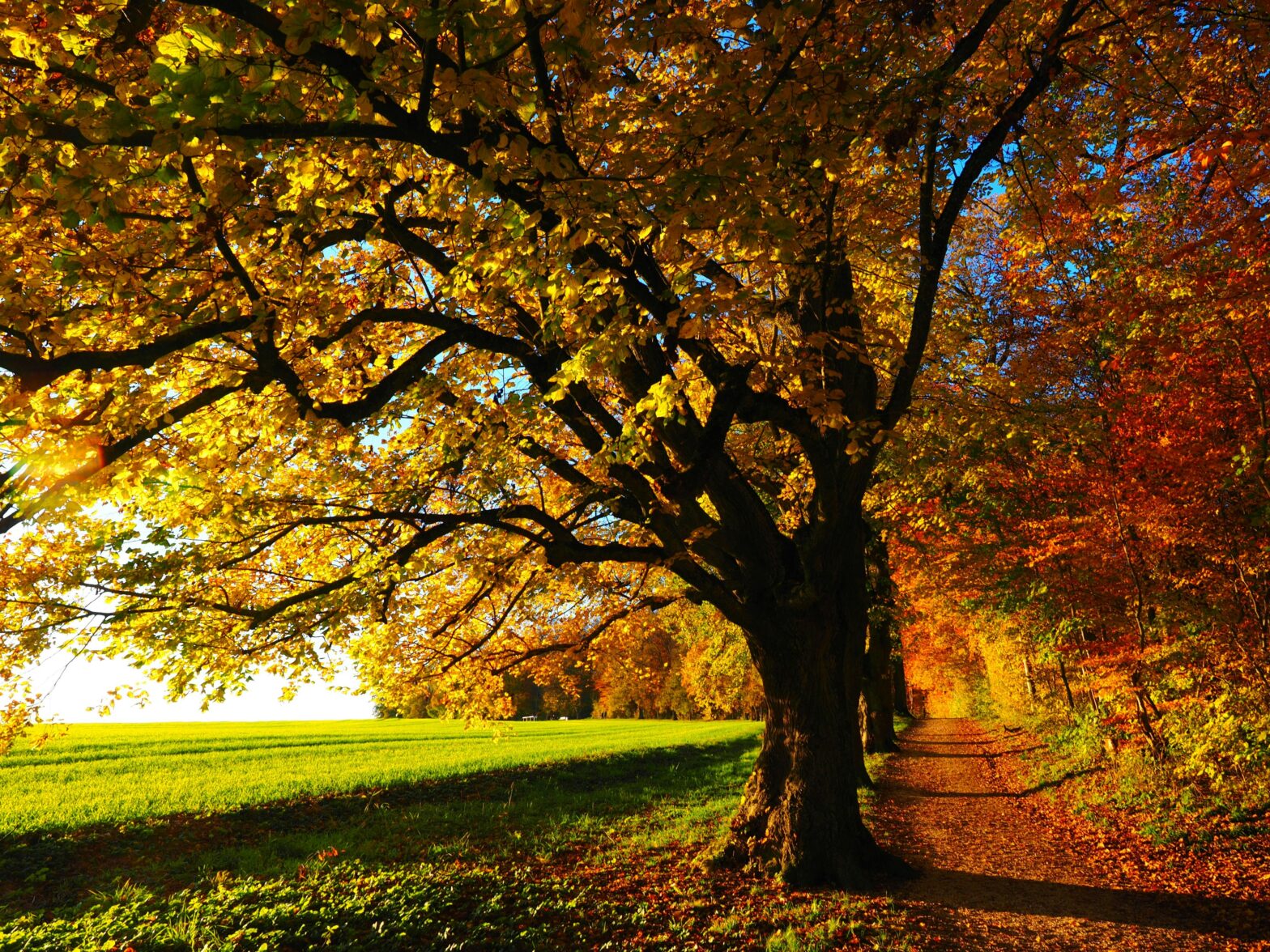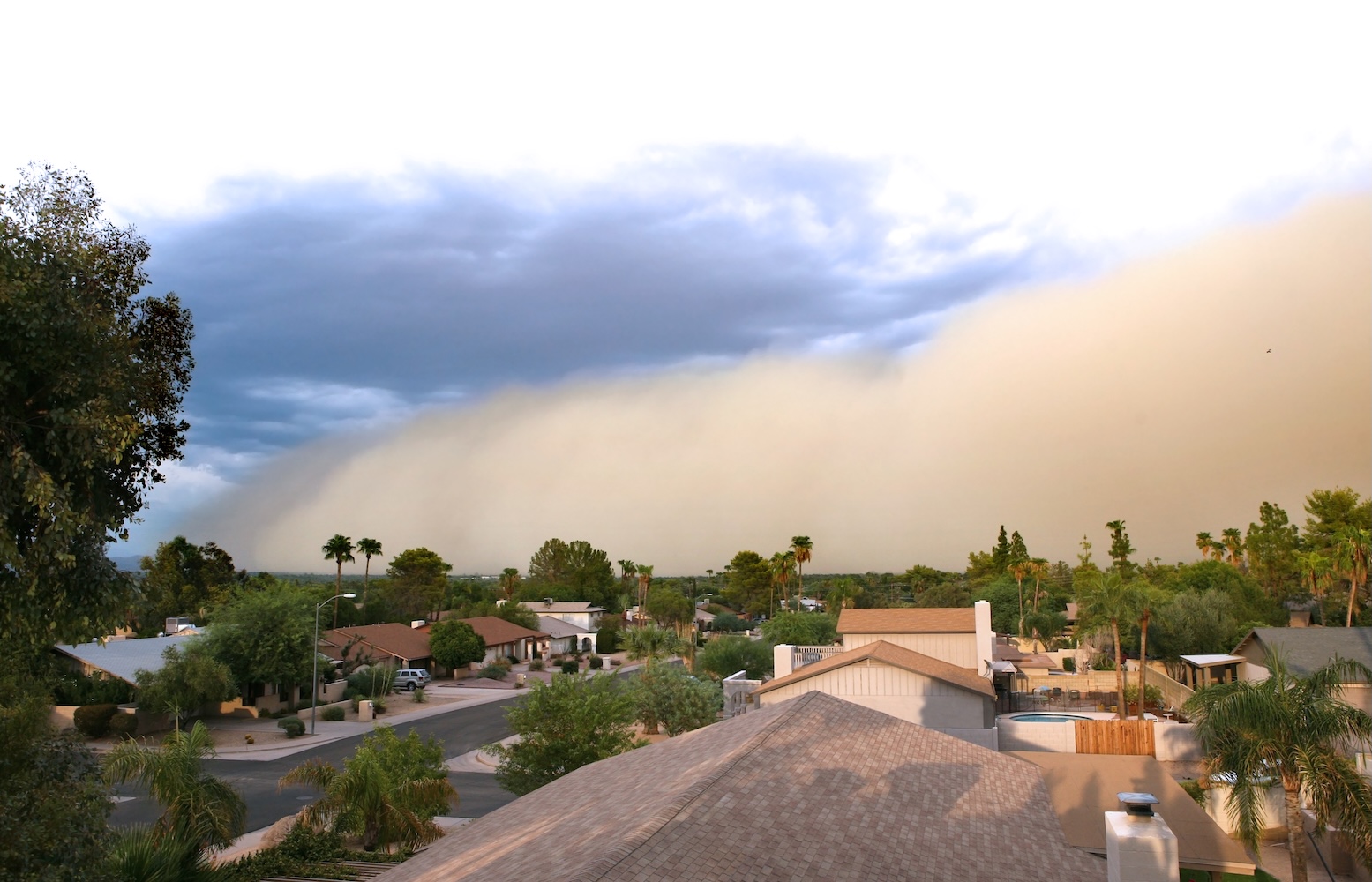Rocky Mountain National Park is a natural oasis for those who enjoy exploring the Great Outdoors. Located in Colorado, the park is home to unforgettable mountain views, wildlife animals, and sparkling lakes.
Of course, this national treasure has something for everyone to enjoy. There are many things to see while at the park from hiking the rocky roads to uncovering different species of plants. And for those who like a more hands-on approach to nature, the park hosts a number of fun activities for guests to try out. From skiing to picnicking to guided tours, there is so much to do. The good news is that even though there are plenty of options for sights and activities to enjoy, much of the park can be explored in a single day. This makes the national park one of the best places to visit for weekend travelers, family day trips, and lovers.
With over 260,000 acres of land, the popular park can accommodate a sizeable amount of visitors. According to the official website, hundreds of thousands of people visit the park every month. Because of this, guests should plan ahead to avoid large crowds and long lines of traffic on the roads leading to the park.
Uncovering the sights and sounds of nature in Rocky Mountain National Park can be exciting. However, those who aren’t familiar with the area can quickly become confused and overwhelmed by the many options of what to see and do. Here’s a list of eight things to do when planning a full day in Rocky Mountain National Park:
1. Book a Reservation
To access Rocky Mountain National Park, there is an entry fee or park pass requirement that guests must obtain prior to entry. This is a mandatory requirement so it’s important to either plan ahead by purchasing tickets online, or be prepared to pay upon arrival. According to U.S. News and World Report, the best times to visit are during peak season, which is from June to September. Those traveling during those months should purchase their tickets ahead of time to guarantee entry into the park.
The cost to enter the park with a vehicle is $25. This covers a small group of up to 15 passengers. Guests who plan to enter without a vehicle can purchase a single ticket for $15. Entry fee and park passes are available online or in-person at the designated park entrance stations.
In addition to these, guests will also need a Timed Entry Permit Reservation and parking pass, both of which can also be purchased online or in-person.
2. Take a Hike
For those who enjoy a challenge, there are many hiking trails available at Rocky Mountain National Park. Each trail has its own level of intensity so elderly visitors or guests with young children should consider hitting the trails that require a lower level of effort.
A good, low-intensity hike that’s perfect for beginners is Bear Lake, which spans a little over half a mile. Cub Lake is an enjoyable, 2.3-mile hike that also allows visitors to get up and close and personal with nature.
Longs Peak is a popular summit that attracts many daring climbers each year. Visitors can see the summit from mostly anywhere in the park, a testament to its large size. One way to Longs Peak is through Keyhole Route. This route can be very dangerous with an elevation of over 14,000 feet. It’s impossible to hike Keyhole Route as the summit allows for a mostly vertical climb up to its peak. Only experienced climbers should attempt the trek towards the top.
3. Explore a Historic Site
At the Holzwarth Historic Site, visitors learn about the immigrant family who made the site their home. In the early 1900s, the Holzwarth family opened their land to the public after building multiple cabins for guest lodging. Now, the property is home to visitors who travel from all over the country to learn about its history and view its picturesque backdrop.
The historic center offers educational tours and exhibits where visitors can learn more information about the property. Additionally, the public is welcome to explore the inside of the cabins and surrounding areas where they can catch a glimpse of what life was like during that time.
4. See a Waterfall on the Way to Chasm Lake
Chasm Lake is another popular destination that guests like to visit year-round. The lake provides enchanting views that surround rippling, blue waters. Although the 8.6-mile route to Chasm Lake is considered a more challenging one with a steep climb, hikers find that the final destination is well worth the effort. Many people travel to the lake to take in its astounding panoramic views that change from season to season.
The hike to the famous Chasm Lake is just as beautiful. Visitors hike through a lively, subalpine forest that features plenty of unique plants, rocks, and waterfalls.
With an elevation gain of 2,456 feet, many people have fallen ill while hiking to Chasm Lake. The official park website suggests that guests be mindful of common altitude sickness symptoms which include headache, fatigue, dizziness, and nausea. Should visitors experience any of these symptoms, it’s important to return to lower ground to avoid further complications.
5. Trek the Path Towards Emerald Lake
One of the mains draws to the park is its beautiful, Alpine lakes that visitors often take pictures of. As one of Rocky Mountain National Park’s most popular attractions, Emerald Lake is no exception.
Emerald Lake hike provides a great scenic route that takes guests to three different lakes — Nymph Lake, Dream Lake, and Emerald Lake. To find the trail, visitors should enter through Bear Lake Trailhead. As hikers pass through Dream Lake, they eventually come to a pine forest with idyllic, fantasy-like views and a shimmering stream of water, called Tyndall Creek, that flows through the gorge.
Emerald Lake hike is one of the most popular visitor hikes at the park so it’s important to plan ahead. As a tip, visitors should arrive early to avoid traffic and find a parking spot. Staying hydrating and packing extra bottles of water is also critical as the hike spans a little over four miles with some elevation.
6. Drive Along Trail Ridge Road
Trail Ridge Road is 48-mile “highway to the sky” that thousands upon thousands of visitors drive along each year. As the highest paved road of all the national parks, it’s most definitely the ultimate scenic route.
The road winds around the park, offering a view of lush greenery, from fir and spruce trees to colorful, growing wildflowers. Visitors may also see a few Bighorn sheep or elk along the ride since the area is home to many different wildlife species.
The route is also close to Tundra World Nature Trail, a short walk that hikers can take to see the scenery up close and personal.
7. Enjoy Winter Sports and Other Activities
Although many people go during the summer months, Rocky Mountain National Park is a great destination to visit when the weather gets cooler. In the winter, the park features a series of snowcapped mountains and trails, providing the perfect opportunity to partake in some fun, winter activities.
The park offers a variety of activities for guests to enjoy like cross-country skiing and sledding. Guests can also take a guided tour through the winter wonderland. A park ranger guides tourists on a snowshoe walk as they travel through snowy meadows and forests. Snowshoe walking tours are popular among visitors so it’s important to book a reservation in advance as spots may fill up fast.
8. Stay Ahead of the Game
When visiting the park, many guests find that their favorite route or attraction is closed. With some guests looking forward to planning special occasions at the park, this can put a damper on plans. To guarantee that your time at the park goes as planned, it’s important to take advantage of the resources to guests on the official National Park Service website.
The park website also makes visitors aware of the road conditions at the park and any hazards and other alerts to ensure that all guests remain safe during their visit. Additionally, those planning a trip can find other frequently asked questions that may help them better prepare for their visit.





